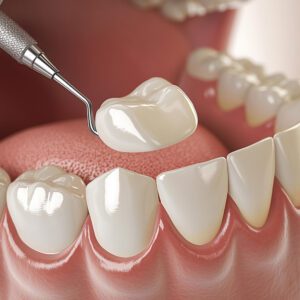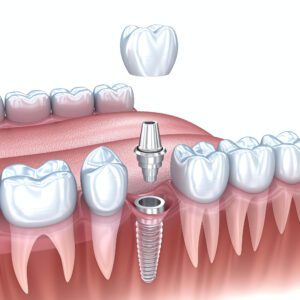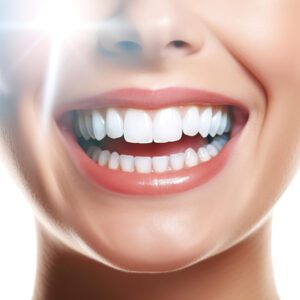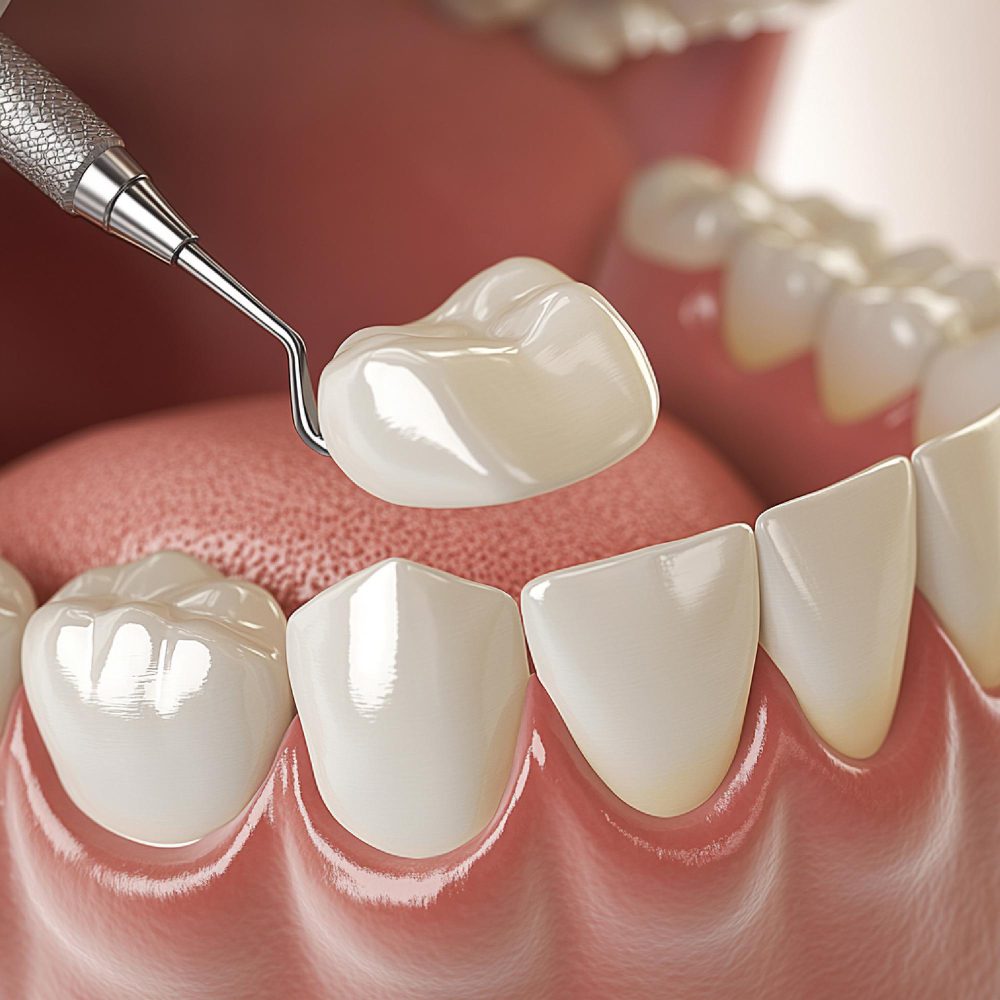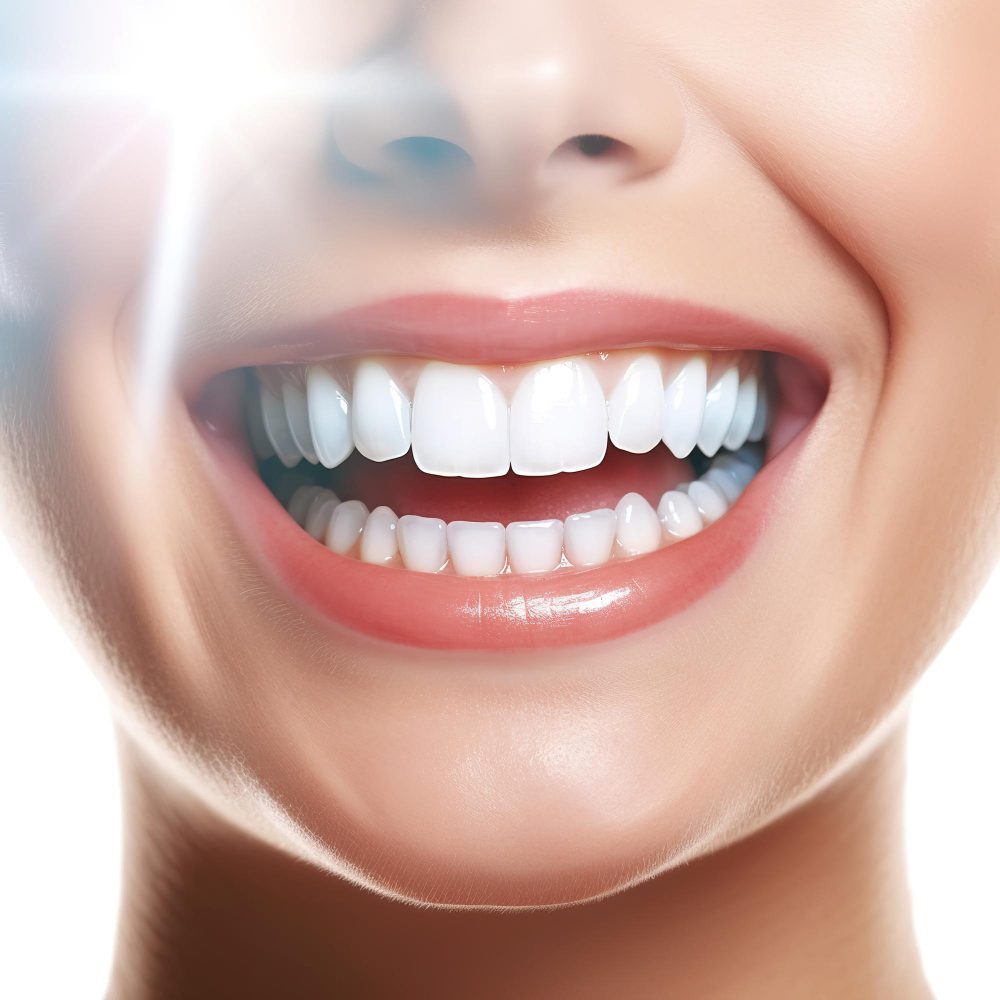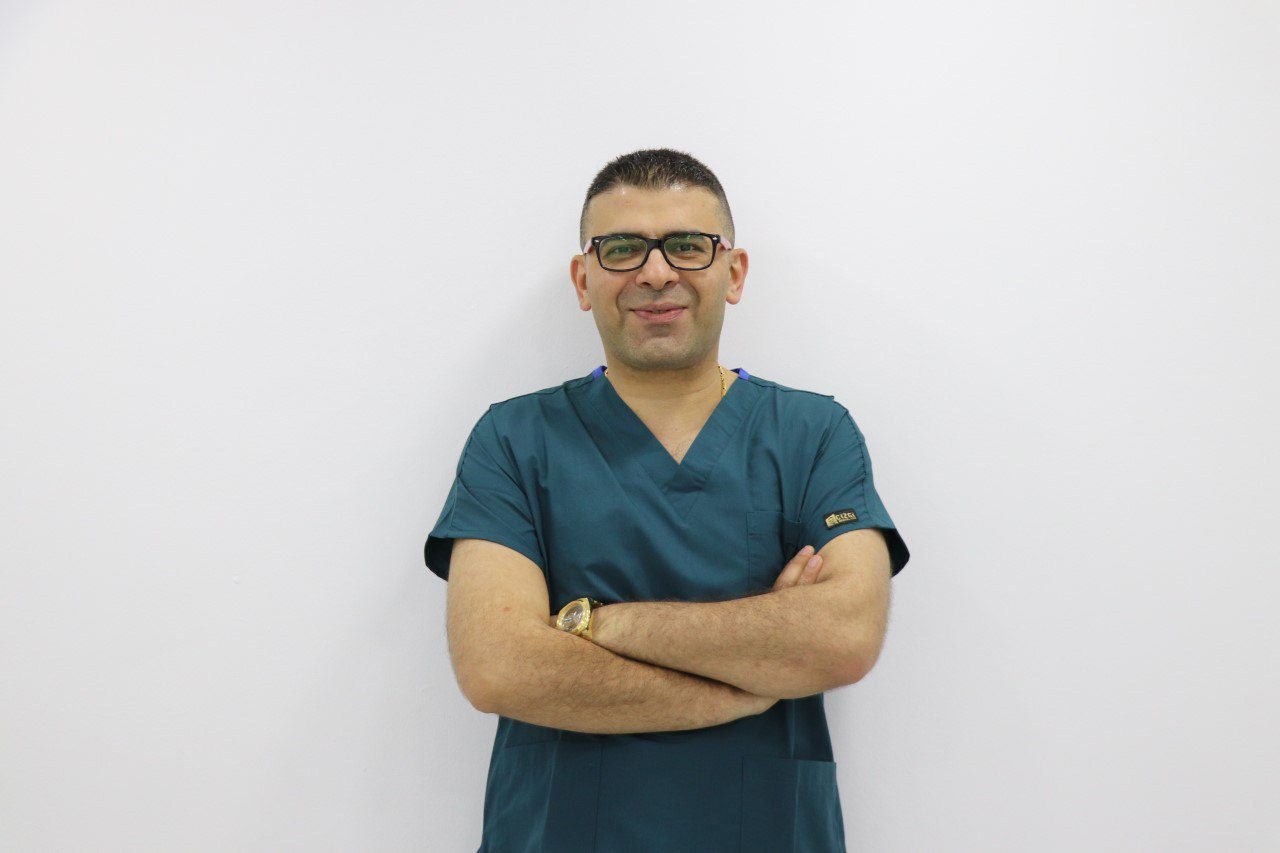Introduction to Orthodontics
Orthodontics is a specialized branch of dentistry that focuses on diagnosing, preventing, and treating dental and facial irregularities. Its primary goal is to ensure the alignment of teeth and jaws, thereby promoting not only aesthetic facial appearance but also proper oral function. Misalignment can lead to various dental issues, including difficulties in chewing, increased wear and tear on teeth, and even speech problems. By addressing these issues, orthodontics plays a vital role in enhancing overall dental health and improving the quality of life for individuals.
The methods employed in orthodontics have evolved significantly over the years. Traditionally, metal braces have been the most common option. These braces consist of metal brackets attached to each tooth, connected by a wire. This system applies controlled pressure over time, gradually shifting teeth into their correct positions. Despite their effectiveness, metal braces are often perceived as less aesthetically appealing and can be uncomfortable during the treatment process.
In contrast, clear aligners have emerged as a modern alternative to metal braces. These custom-made, transparent trays are designed to fit snugly over the teeth, allowing for a more discreet treatment experience. Clear aligners are popular for their convenience, as they can be removed for eating and maintaining oral hygiene. Moreover, they provide a comfortable fit with fewer adjustments required compared to traditional braces. As the field of orthodontics continues to advance, it offers patients a range of effective solutions, including both metal braces and clear aligners, to achieve optimal dental alignment.
What Are Clear Aligners?
Clear aligners are a modern orthodontic treatment designed to straighten teeth and improve overall dental alignment without the use of traditional metal braces. Composed of medical-grade polyurethane plastic, these aligners are custom-made for each patient to ensure a precise fit. Unlike conventional braces that utilize wires and brackets, clear aligners employ a series of transparent trays that gradually shift teeth into the desired position. This treatment method has gained popularity due to its aesthetic appeal and convenience.
The process of obtaining clear aligners begins with a consultation with an orthodontist, who will assess the patient’s dental condition. Afterward, digital scans or impressions of the teeth are taken to create a personalized treatment plan. Utilizing advanced computer software, the orthodontist can predict the movement of teeth throughout the treatment period, ensuring that each set of aligners is tailored to achieve optimal results. Typically, patients wear each aligner for about two weeks before progressing to the next set in the series.
One of the key advantages of clear aligners is their discreet nature, as they are virtually invisible when worn. This feature has made them especially appealing to adults and teenagers who may feel self-conscious wearing traditional braces. Additionally, clear aligners are removable, allowing for easier maintenance of oral hygiene. Patients can brush and floss as they normally would without the obstacles presented by metal braces. Furthermore, clear aligners often require fewer office visits for adjustments, offering increased flexibility for those with busy schedules.
In summary, clear aligners represent a unique and effective solution for achieving a straighter smile, combining comfort, discretion, and convenience in the realm of orthodontic treatments.
What Are Metal Braces?
Metal braces are a traditional orthodontic treatment designed to correct various dental alignment issues, such as crooked teeth, overbites, and underbites. Constructed primarily from high-grade stainless steel, these braces consist of brackets, archwires, and elastic ligatures. The brackets are affixed to the front surface of each tooth using a dental adhesive, while the archwire is threaded through the brackets, allowing for the application of gentle yet consistent pressure to shift teeth into their desired positions.
The mechanism of action for metal braces involves the gradual repositioning of teeth over time. As the archwire is adjusted periodically—typically every 4 to 6 weeks—the alignment of the teeth improves, leading to a more aesthetically pleasing smile. Treatment duration may vary based on individual cases but is commonly within the range of 18 to 36 months, depending on the complexity of the alignment issues being addressed.
One of the primary benefits of choosing metal braces is their effectiveness in treating a wide variety of orthodontic problems. Unlike clear aligners, which may not be suitable for more complex cases, metal braces can apply greater force and thereby provide more precise movements for complicated dental corrections. Additionally, metal braces are highly durable and less prone to damage, making them a reliable option for patients of all ages, including children and adolescents.
Another advantage lies in their visibility and immediate accessibility; they do not require the user to take them out for eating, which can be a concern with clear aligners. The fixed nature of metal braces can also lead to greater compliance, as patients cannot forget to wear them. In summary, metal braces remain a popular choice among orthodontic options, particularly for those requiring significant corrective adjustments.
Comparison of Effectiveness
When it comes to orthodontic treatment, both clear aligners and metal braces have their unique strengths, catering to different types of dental issues. Understanding their effectiveness is crucial for patients when deciding which option to pursue based on their specific needs.
Metal braces are often considered the gold standard in orthodontics. They consist of brackets bonded to the teeth, connected by a wire. This design enables them to exert precise pressure on the teeth, making them highly effective for a wide range of orthodontic issues, including severe misalignment, crowded teeth, and bite discrepancies. For complex cases such as overbites or underbites, metal braces can provide the consistent force necessary to shift teeth into their desired positions effectively.
On the other hand, clear aligners offer a more discreet, aesthetically pleasing alternative. Custom-made from a transparent thermoplastic material, aligners are designed to gradually shift teeth into alignment. While clear aligners are effective for mild to moderate orthodontic issues, they may not adequately address more complex cases that require extensive tooth movement. Patients with significant dental misalignment or those needing specific tooth rotations might find that metal braces are the better option for achieving desired results.
Ultimately, the effectiveness of either method largely depends on individual circumstances, including the severity of the dental problem and personal preferences regarding treatment aesthetics. While clear aligners may offer conveniences such as removability and easier cleaning, for rigorous cases requiring meticulous adjustments, metal braces remain the more effective choice. Consulting with an orthodontic professional can provide valuable insights tailored to one’s specific situation, ensuring the best possible treatment outcome.
Comfort and Aesthetic Considerations
When comparing clear aligners and metal braces, the comfort level of each option plays a significant role in the decision-making process for individuals seeking orthodontic treatment. Clear aligners are known for their comfortable fit, as they are custom-made to fit snugly over the teeth. The materials used in clear aligners are typically smooth, reducing the likelihood of irritation to the gums and inner cheeks. In contrast, metal braces consist of brackets and wires that can sometimes cause discomfort through pressure or friction against the soft tissues inside the mouth. Patients with metal braces often report experiencing soreness during the initial adjustment periods and after each tightening appointment. This discomfort can be particularly prominent when significant adjustments are made to the wire, impacting oral health for a short duration.
Aesthetic considerations are equally essential when evaluating these two treatment options. Clear aligners have gained popularity due to their nearly invisible appearance, allowing individuals to undergo orthodontic treatment without drawing attention to their dental devices. This aesthetic advantage makes clear aligners an appealing choice for adults and teenagers who may be self-conscious about their smiles during treatment. Metal braces, on the other hand, are far more visible due to the metallic brackets and wires. Despite their effectiveness, this visibility can influence a person’s social interactions and confidence, particularly among younger patients experiencing critical developmental stages.
It is also important to consider how these orthodontic solutions impact daily life. Clear aligners offer convenience as they are removable, allowing for easier maintenance of oral hygiene and fewer dietary restrictions. In contrast, metal braces require careful attention during eating, as certain foods can cause damage to the brackets and wires, necessitating additional care and planning. Overall, comfort and aesthetics are pivotal factors to weigh when choosing between clear aligners and metal braces, and they can significantly influence a person’s experience throughout the orthodontic journey.
Cost Comparison
When considering orthodontic treatment, understanding the financial commitment involved is essential. Clear aligners and metal braces vary significantly in terms of costs, which can influence a patient’s decision. Typically, clear aligners are more expensive than traditional metal braces. The price for clear aligners usually ranges from $3,000 to $8,000, depending on the severity of the case and the specific aligner system used. In contrast, metal braces generally cost between $2,000 and $7,000. It is important to note that these prices can fluctuate based on factors such as the orthodontist’s experience, geographic location, and any additional treatments required.
Aside from the initial costs, patients must also consider potential financing options. Many orthodontic practices offer in-house flexible payment plans, allowing individuals to divide the treatment cost into manageable monthly installments. Additionally, third-party financing options, such as CareCredit, can help cover the costs of orthodontic treatment. These financing plans often come with low or no interest rates, making them an attractive option for patients concerned about affordability.
Insurance coverage can significantly impact overall expenses as well. Some dental insurance plans include coverage for orthodontic treatments, which may apply to both clear aligners and metal braces. Typically, insurance policies will cover a percentage of the total treatment cost, but it’s crucial to review the specific plan details to understand limitations and maximum benefits. Furthermore, it is beneficial for patients to check if their health savings account (HSA) or flexible spending account (FSA) can be utilized to cover orthodontic expenses, providing additional financial relief.
Maintenance and Care Requirements
The maintenance and care requirements for both clear aligners and metal braces are crucial for achieving optimal orthodontic results. While both options aim to improve dental alignment, their specific care routines differ significantly due to their design and function.
Clear aligners, such as those produced by brands like Invisalign, are removable, which allows for easier oral hygiene practices. Patients using clear aligners should brush their teeth at least twice a day and floss daily to minimize plaque buildup and prevent cavities. Additionally, clear aligners must be cleaned regularly. This can be accomplished with a soft toothbrush and mild soap, or a special cleaning solution recommended by the orthodontist. It is also important for users to keep their aligners in their case when not in use to prevent damage or loss. Following the prescribed wear time, typically 20-22 hours per day, is essential for the effectiveness of treatment.
On the other hand, metal braces require a more meticulous maintenance routine. Due to the brackets, wires, and bands, braces can trap food particles and plaque easily. Therefore, maintaining excellent oral hygiene becomes imperative; patients should use a soft-bristled toothbrush along with orthodontic wax and floss threaders to clean around the brackets and wires effectively. Routine visits to the orthodontist for adjustments and check-ups are also necessary to ensure that the treatment progresses as intended. Furthermore, avoiding certain hard or sticky foods is crucial, as these can damage the braces and prolong the treatment duration.
In summary, both clear aligners and metal braces demand specific maintenance and care from the patient. Effective adherence to oral hygiene practices and treatment guidelines plays a vital role in the success of either orthodontic intervention.
Choosing the Right Option for You
When it comes to orthodontic treatment, individuals often find themselves torn between clear aligners and traditional metal braces. The decision ultimately depends on various factors, including specific dental needs, lifestyle considerations, and personal preferences. Understanding these elements can help pave the way for a more informed choice.
Firstly, consider your dental condition. Clear aligners are often preferred for mild to moderate misalignments and can effectively address issues like gaps, overbites, and underbites. However, more complex cases may require the use of metal braces for optimal results. Therefore, a thorough assessment by a qualified orthodontist is essential to determine which treatment option is best suited for your specific situation.
Next, evaluate your lifestyle. Clear aligners have the advantage of being removable, allowing for greater convenience when eating, brushing, and flossing. This feature can particularly appeal to those with busy schedules or active lifestyles, as there are fewer restrictions on dietary choices. Conversely, metal braces, while fixed and potentially limiting in terms of food consumption, may be more suitable for those who prefer a more hands-off approach to orthodontic care.
Your personal preferences also play a pivotal role in making this choice. Some individuals may favor the discreet nature of clear aligners, which are virtually invisible and can enhance confidence during treatment. On the other hand, metal braces might evoke a sense of nostalgia for certain patients, especially younger individuals who appreciate the traditional aesthetics or may even enjoy customizing their look with colorful bands.
Before making a final decision, it is advisable to consult with an orthodontist. They can provide tailored recommendations based on your unique circumstances, ensuring you select the best orthodontic solution. Ultimately, the right choice will align with your dental health goals, lifestyle, and aesthetic desires.
Best Dental Clinic for Orthodontics in Turkey
When it comes to orthodontic care, selecting the right clinic can significantly influence the overall treatment experience and results. One outstanding option is Dr. Abdurrahman Ozturk’s orthodontic clinic located in the vibrant city of Istanbul, Turkey. Renowned for its excellence in dental care, this clinic has established a formidable reputation, attracting both local and international patients seeking comprehensive orthodontic solutions.
Dr. Ozturk, an experienced orthodontist, employs cutting-edge technology to provide tailored orthodontic treatments that meet the unique needs of each patient. The clinic specializes in a range of services, including traditional metal braces, clear aligners, and even advanced orthodontic procedures, ensuring that every patient has access to the latest and most effective treatment options available in the field. The clinic’s commitment to quality extends beyond treatments; it also prioritizes patient comfort and care, creating a welcoming atmosphere for everyone.
One of the factors that sets Dr. Ozturk’s clinic apart is the use of innovative techniques and modern diagnostic equipment, which enhance the precision and efficacy of treatments. The clinic also boasts a multi-lingual staff, facilitating clear communication for international clients and ensuring that language barriers do not hinder the understanding of treatment plans and expectations.
As patients embark on their orthodontic journeys, they can take comfort in the high standard of care and professionalism displayed at Dr. Ozturk’s clinic. Many international patients have shared positive experiences, emphasizing not only the effectiveness of their treatments but also the personalized attention they received during their visits. With a focus on patient results and satisfaction, Dr. Ozturk’s clinic stands out as a premier choice for orthodontic care in Turkey.



